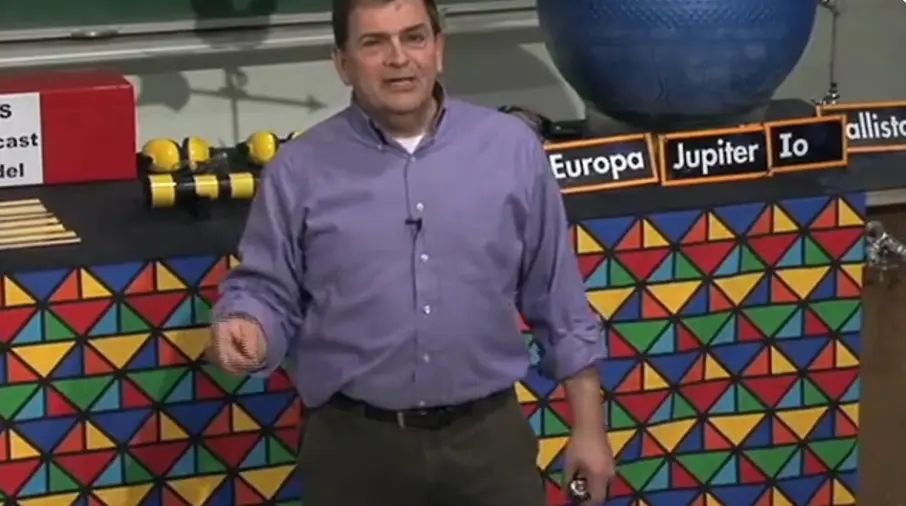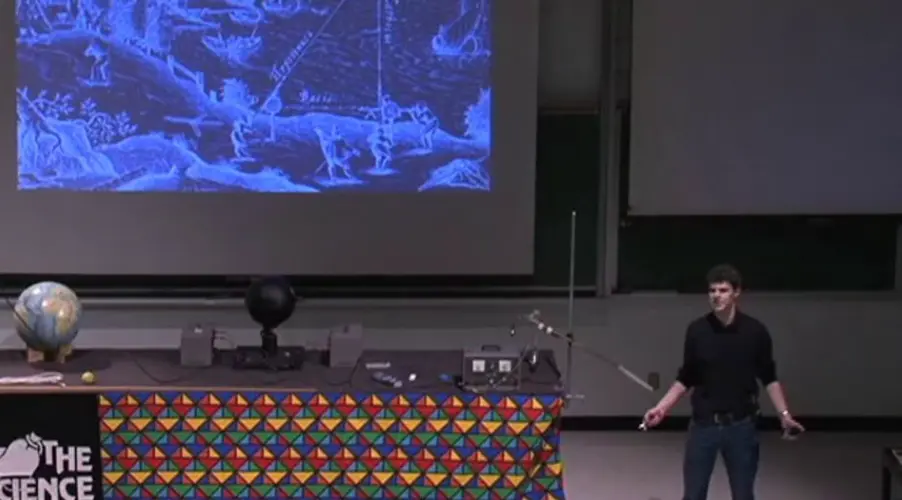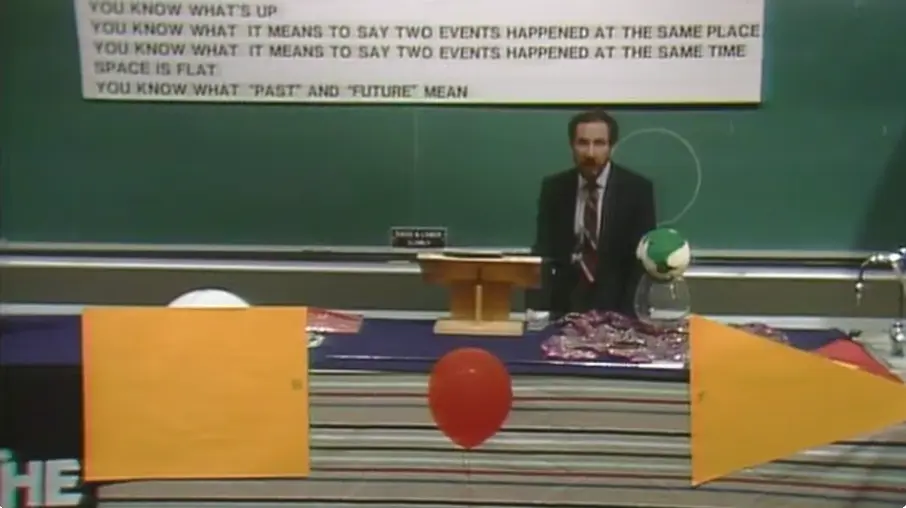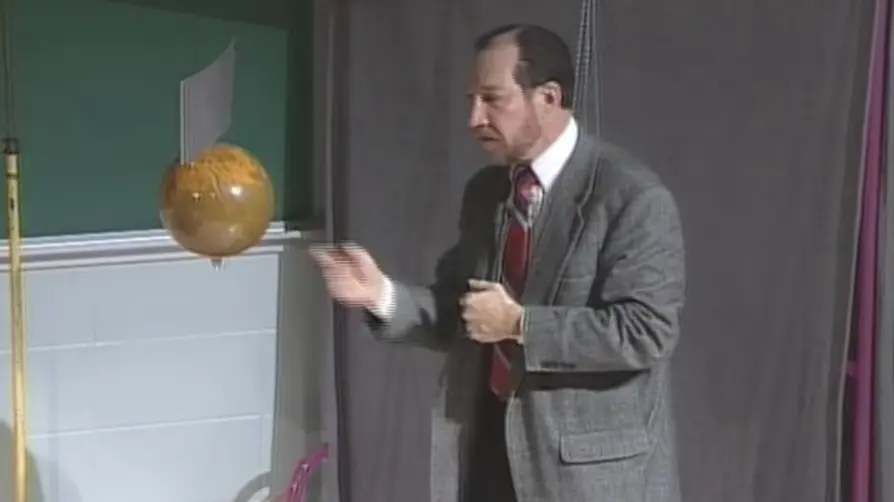Scientists Who Turned the World Upside Down
In “Scientists Who Turned the World Upside Down,” mathematician Bart Adrian takes audience members on a trip through the history of game-changing discoveries by Galileo, Newton, Einstein, Richardson and Lorenz – but not always the breakthroughs you’ve heard about.



